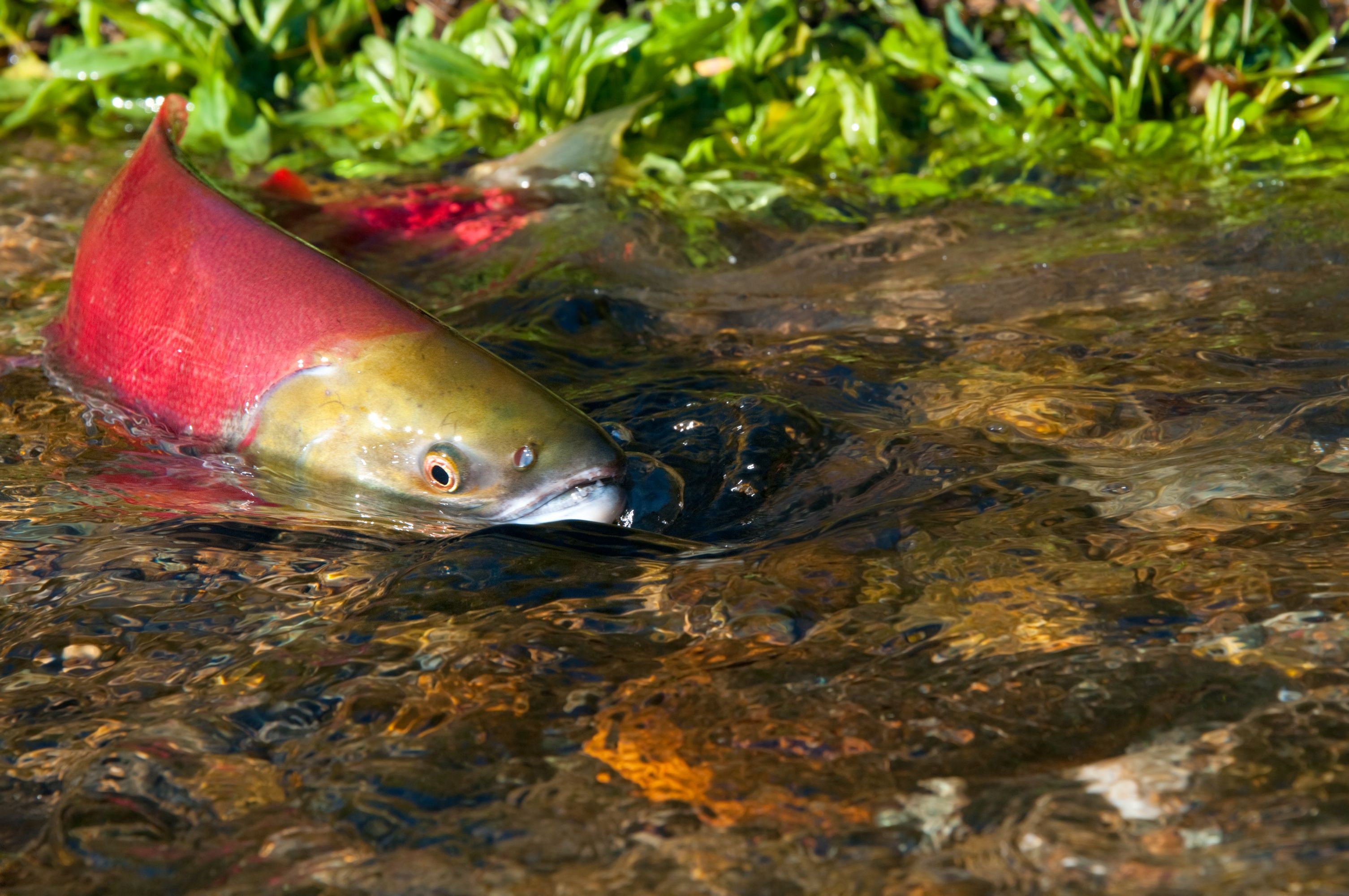The health of our marine and freshwater environments and the wildlife they sustain are critical to our country’s culture, well-being, and economies. Yet some of the species that find their home in the waters, rivers, lakes, estuaries, and marshes throughout the country are at risk due to climate change, habitat loss, and other factors. The Government of Canada is taking action not only to protect these aquatic species, but also to actively rebuild their populations.
Bernadette Jordan—the minister of fisheries, oceans, and the Canadian Coast Guard—has announced $52.3 million in funding under the Canada Nature Fund for Aquatic Species at Risk (the Nature Fund). This funding is supporting 49 multi-year projects across Canada, some of which are already underway.
“With nearly 2 million lakes, endless connected waterways, and the longest coastline in the world, Canada is home to countless marine and freshwater species and habitats that breathe life into our environment,” said Minister Jordan.
“Our government is taking strong, consistent action to protect these species and revitalize the ecosystems they depend on—because when nature thrives, our communities thrive too,” added Jordan.
Through this fund, established under the Nature Legacy initiative, the Government of Canada is helping to build a culture of conservation that empowers Canadian organizations to work together to protect our natural environments. This fund is taking an ecosystem approach to restoring and protecting aquatic species.
Instead of targeting specific species, these projects aim to improve a priority place or address a priority threat. This broader approach looks at improving the entire ecosystem—from the specific species at risk, the habitat they call home, as well as other species in the area.
DFO selected key priority areas across Canada based on a number of factors, including the number of aquatic species at risk; the severity and significance of threats; and the potential for multispecies and ecosystem benefits. By strategically investing in the regions based on this criteria, the Nature Fund is targeting areas where we have the most potential to provide a real and lasting impact on species recovery.
According to the announcement, the two marine priority threats are:
- Fishing interactions (includes entanglement and bycatch of aquatic species at risk).
- Physical and acoustic disturbance (includes vessel collisions and marine noise).
The seven freshwater priority areas are:
- Fraser and Columbia Watersheds Priority Area (British Columbia).
- Rocky Mountains’ Eastern Slopes Priority Area (Alberta).
- Southern Prairies Priority Area (Alberta, Saskatchewan, Manitoba).
- Lower Great Lakes Watershed Priority Area (Ontario).
- Lawrence Lowlands Priority Area (Quebec).
- Southern Gulf of St. Lawrence Rivers Priority Area (New Brunswick, Nova Scotia, Prince Edward Island).
- Bay of Fundy and Southern Uplands Watersheds Priority Area (Nova Scotia, New Brunswick).
“By making targeted investments through Canada Nature Fund for Aquatic Species at Risk, we are able to collaborate with Indigenous peoples, and environmental and community organizations on projects that have the greatest potential to make a lasting impact on our natural environments,” noted Jordan.
The Government of Canada established the $1.3 billion Nature Legacy Initiative in Budget 2018. The five-year, $55 million Canada Nature Fund for Aquatic Species at Risk supports a new approach to the conservation of aquatic species through targeted federal investments in priority places, and addressing priority threats. The Fund makes it possible to support protection and recovery efforts by all partners, including Indigenous Peoples.









